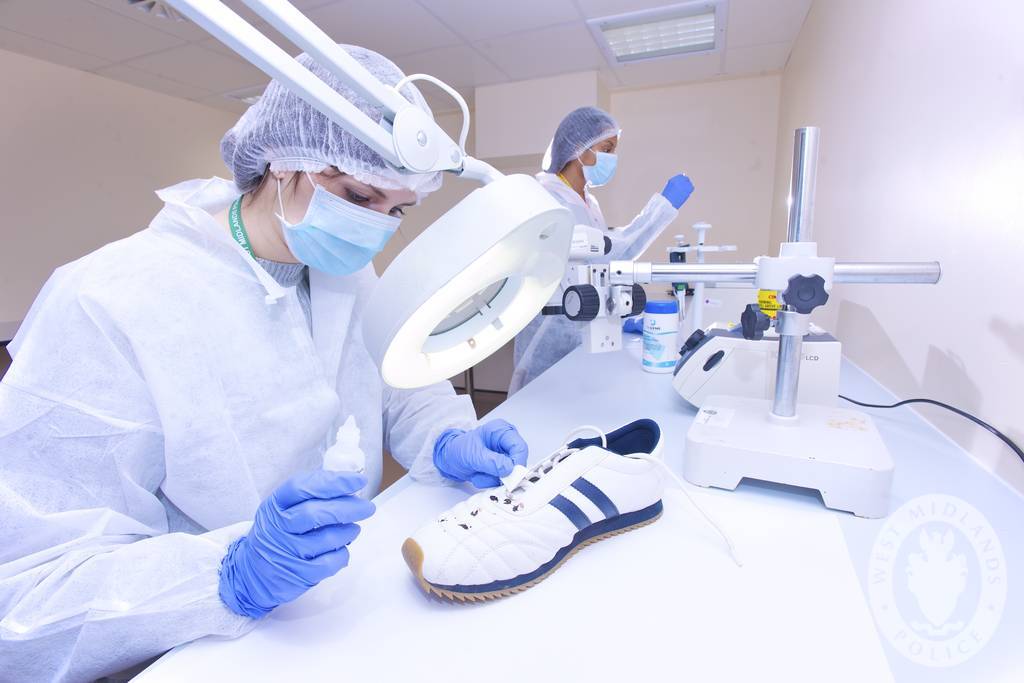Identification of Body Fluids Using Raman Spectroscopy
A one-step confirmatory test to identify forensic body fluid samples.
Current tests for blood, semen, vaginal fluid, and saliva are time consuming, destructive to trace evidence, and/or contaminate the crime scene. Furthermore, some field tests are presumptive and only eliminate the possibility of certain substances, requiring further laboratory analysis. These biochemical tests are slow, use chemical solvents and create testing backlogs. The city of Baltimore’s crime lab in 2010 had a backlog of 3,100 body fluids testing cases. This equates to an estimated backlog of at least 250,000 body fluids testing cases across the U.S. in civilian police labs alone. In 2005, about half of laboratories outsourced forensic work.
This simple, non-destructive method for positive identification of all forensic body fluid types, is based on Raman Spectroscopy,a light scattering phenomenon that provides a unique molecular vibrational signature of a material. The patented technology was developed at the University at Albany with over $1M in funding from the National Institute of Justice. The method works in real time, in the field or in the lab, and is safe because it uses no chemicals. As a result, the sample is preserved for DNA analysis if necessary, unlike existing bio-chemical assay methods that destroy the sample.
 Source: West Midlands Police, https://www.flickr.com/photos/westmidlandspolice/6727856579, CC BY-SA 2.0.
Source: West Midlands Police, https://www.flickr.com/photos/westmidlandspolice/6727856579, CC BY-SA 2.0.
- Increased accuracy in less time.
- Confirmatory — a positive ID, not just a screen.
- Can reduce DNA testing backlogs and associated costs.
- Military and government forensics labs.
- Civilian police forensics/crime labs.
- Field use for Crime Scene Investigations.
- Medical environments (hospitals, clinics, treatment and exam offices).
- Food production/processing environments.
This invention has been granted U.S. Patent Number 8,467,053.
University at Albany’s Office of Innovation Development and Commercialization is currently seeking academic and corporate partners who may be interested in participating in development, licensing, or other commercialization of this technology.
Patent Information:
| App Type |
Country |
Serial No. |
Patent No. |
Patent Status |
File Date |
Issued Date |
Expire Date |
|